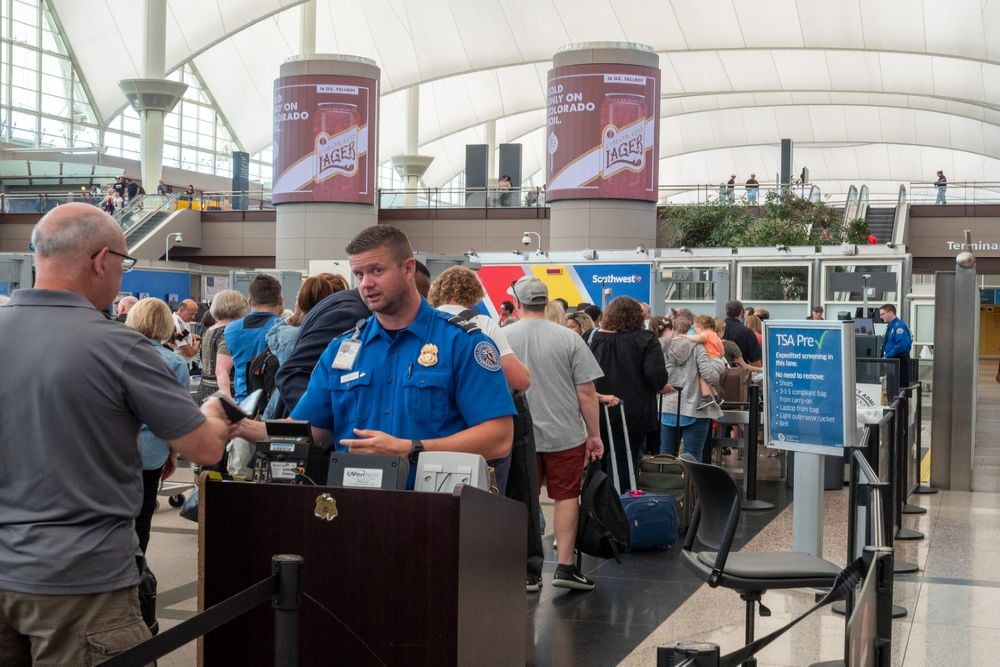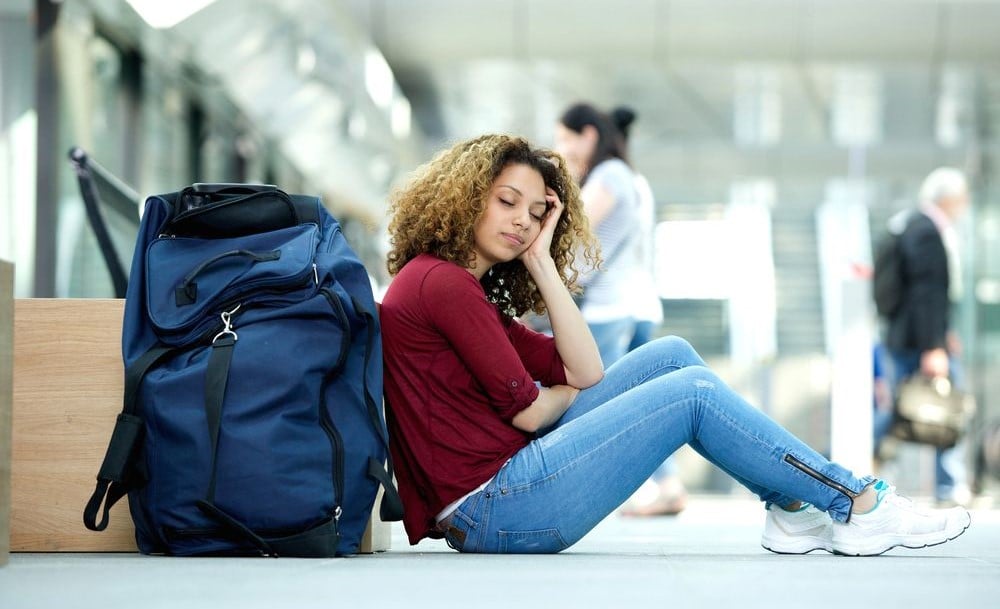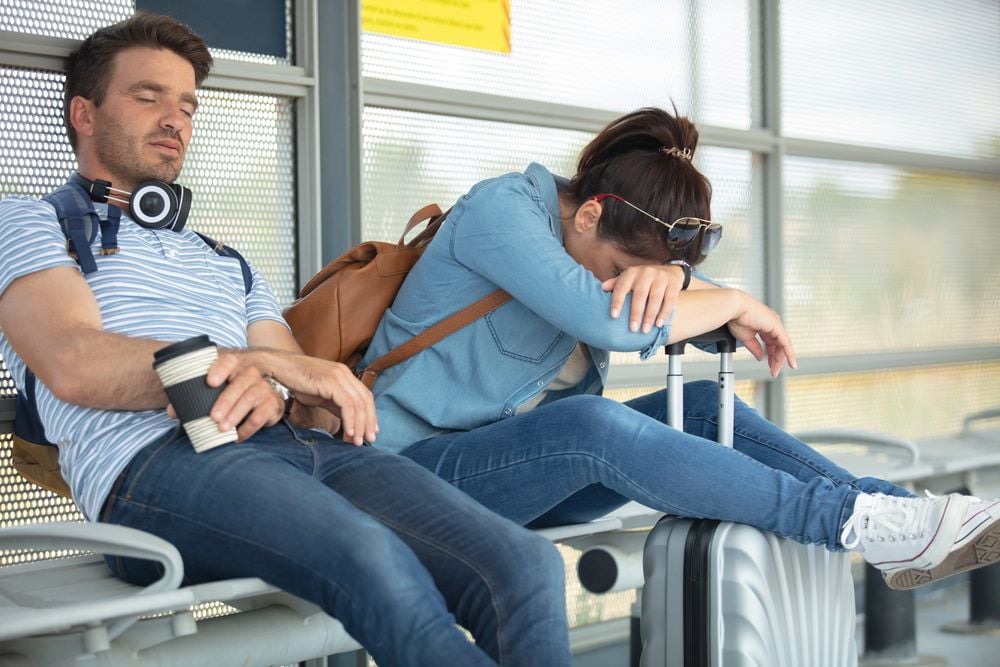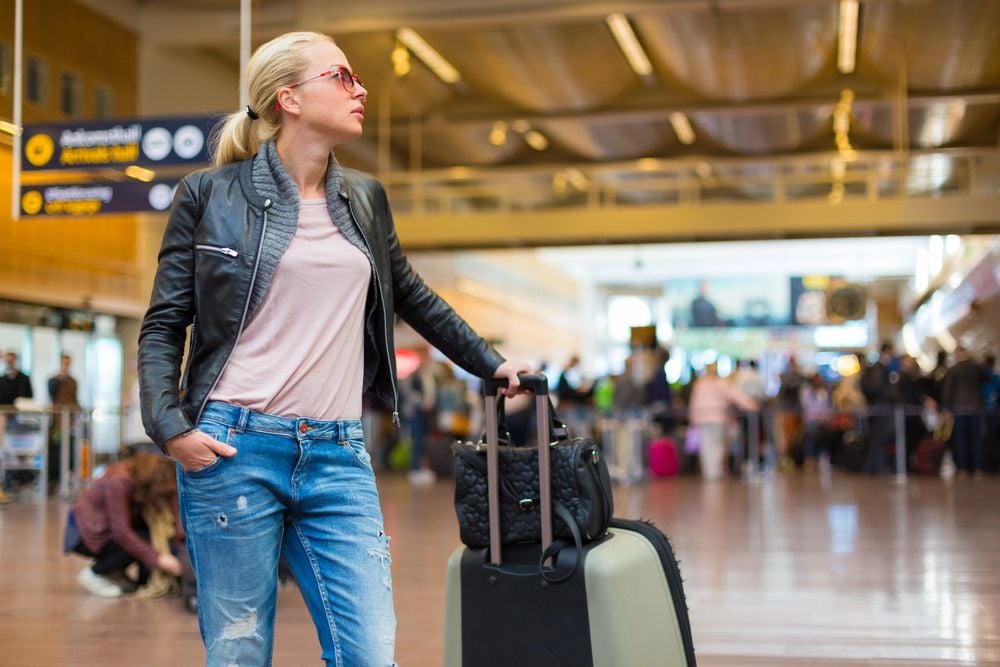Airline Lost Your Luggage? Don’t Panic—Do This Immediately
It’s every traveler’s worst fear: the carousel stops and your bags are nowhere to be found. After everyone else has taken their bags, you’re still standing there, shocked that your bag isn’t there. Unfortunately, this actually happens more often than most people realize that their luggage is lost or delayed.
In 2022, there were more than 26 million cases of mishandled bags worldwide and the problem is still present in airports everywhere. But before you feel panick, remember you do have options.

If your bags are traveling the world or just taking a little longer, there’s a smart and effective way to handle it. We explain in this guide what to do if your luggage is lost by the airline and how to avoid it in the future.
First Things First: Confirm It’s Really Lost
Sometimes, bags are just slow – not gone forever. Give it 30–45 minutes post-landing before declaring your bag missing. Baggage may come in groups, especially when there are many travelers or when flights are connected.
While you are waiting, look at nearby carousels and use the airline’s app or website to follow your bag with your baggage tag number. If you’ve packed a Bluetooth tracker like an Apple AirTag, this is where it earns its keep.
STEP 1: Report It Immediately at the Airport
Don’t leave the airport before filing an official report with the airline that operated the final leg of your journey. Go to the airline’s baggage service desk which is usually close to the baggage claim area and talk to someone there. You’ll need to provide:
- Your baggage claims tag (attached to your boarding pass)
- A description of your luggage
- Your local contact info and delivery address
Ask for a Property Irregularity Report (PIR) or claim number, and keep this in a safe place. This is your lifeline for updates and reimbursement.
STEP 2: Gather Every Piece of Contact Information
Before you walk away from the desk, collect:
- The direct phone number for the baggage office
- Your case reference number
- The agent’s name who helped you
- Any follow-up email addresses or support lines
Having this info handy makes it much easier to stay updated or escalate your claim if necessary.
STEP 3: Ask What You’re Entitled To (and Keep Receipts!)

Inquire about the airline’s reimbursement policy. Most carriers will cover the cost of essentials—toiletries, clothing, etc.—while you wait for your bag. Some may even hand you an overnight kit with basics.
Important: Always keep receipts for anything you buy while your luggage is missing. You’ll need these to file for reimbursement later.
Every airline’s policy varies:
- Delta: Up to $50/day for five days
- Spirit: Covers essential purchases (no reimbursement for cosmetics)
- United: Reimbursement only with proper receipts
STEP 4: Contact Your Travel Insurance Provider
If you have travel insurance, now is when you should use it. Most complete policies cover delays or loss of your baggage. Get in touch with your insurer to start the claim process. You could receive your money sooner by using the travel insurance than by going through the airline.
Don’t have travel insurance? Blue Ribbon Bags and similar services give you peace of mind, as they promise to pay you if your luggage isn’t found within 96 hours, even without a receipt. The lowest price for their plans is $5 per bag.
STEP 5: Check If Your Credit Card Covers Lost Luggage
Certain premium travel credit cards offer lost luggage protection—no extra travel insurance required. For example:
- Chase Sapphire Reserve: Up to $3,000 for damaged or lost luggage; $100/day for essentials (max five days)
- American Express Platinum: Offers baggage insurance if you purchased your ticket with the card
Review your card’s benefits guide before you travel—you might already be covered.
STEP 6: Be Relentlessly Persistent
Airlines don’t declare baggage officially “lost” until it’s been missing for 5 to 14 days, depending on whether it’s a domestic or international flight. Until then, your case is considered “delayed.” During this period:
- Call regularly for updates
- Monitor online baggage tracking tools
- Use social media (especially Twitter/X) to escalate if you’re not getting help
Staying proactive often speeds up recovery.
STEP 7: Know What Airlines Do (and Don’t) Cover
The U.S. Department of Transportation (DOT) states that airlines should cover reasonable expenses for travelers and pay the full amount if a bag is officially lost. They are not required to cover luxury items, jewelry, cash or electronics unless these are listed in advance.
Here’s the fine print:
- Domestic flights: Max payout of $3,800
- International flights: Max liability is about $1,780 (under the Montreal Convention)
Airlines may offer a settlement far lower than your bag’s actual value, so it’s wise to travel light on valuables or carry them in your hand luggage.
What Airlines Won’t Tell You (But You Should Know)

Airlines aren’t always transparent about policies. Be aware of these fine-print facts:
- They may refuse to reimburse luxury items (jewelry, electronics, cash).
- Reimbursement for replacement clothing may be capped.
- Not all items are considered “essential.”
- Airline “overnight kits” may be offered, but are often very basic.
Can Travel Insurance Save the Day? If so, How?
Losing your luggage can quickly turn an exciting trip into a stressful experience. That’s where travel insurance comes in—it offers more than just peace of mind. From covering the cost of essential items during baggage delays to reimbursing you for permanently lost bags, a good travel insurance policy can help ease the hassle.
Susan Sherren, the founder of Couture Trips, says that it is usually easier to work with your travel insurer than with the airline. She suggests Allianz for dependable insurance and the main point is that insurance helps when your bags are delayed.
Not interested in buying full travel insurance? Don’t worry, Blue Ribbon Bags provides a way to be prepared for unexpected situations. You can get their service for $5 per bag and they will pay up to $1,000 if your bag is not found within 96 hours.
How to Prevent Lost Luggage in the First Place
While not every mishap is avoidable, these strategies can greatly reduce your chances of losing a bag:
- Use a Tracking Device: Invest in a Bluetooth tracker like Apple AirTag or Tile. They’ve helped many travelers locate their luggage even when airlines couldn’t.
- Choose direct flights: Bags often go missing during connections. Book direct flights whenever possible.
- Label Clearly: Attach a luggage tag with your name, phone number, and destination address. Inside the bag, place a secondary label with contact info—just in case the outer tag falls off. Also, remove old baggage tags that can confuse scanners.
- Take Photos: Snap pictures of your suitcase before your trip. If it’s lost, photos can help agents identify and locate it faster.
- Pack Essentials in Your Carry-On: Always keep valuables, medications, a change of clothes, and important documents in your carry-on bag.s
Final Thoughts
Dealing with lost luggage is annoying, but it doesn’t have to spoil your trip. If you stay calm, have the necessary documents and keep trying, you can either get your belongings back or get the compensation you are entitled to. If you add travel insurance or credit card protection, you’ll have a strong backup plan ready. So, the next time your bag takes a detour, you’ll be more than prepared—you’ll be in control.






